Clothes embroidered with your own hands will always remain in fashion. Every year its popularity grows. A well-done job will favorably emphasize your taste and individuality. Bead embroidery on clothes will diversify your wardrobe, will help bring back to life your favorite thing that has begun to become outdated.
The complexity of bead embroidery on clothes
Beads are a very elegant and beautiful material. Things decorated with them can compete with precious jewelry. The process of how to embroider a dress with beads is no more difficult than cross stitching. You can learn it yourself without attending special courses.
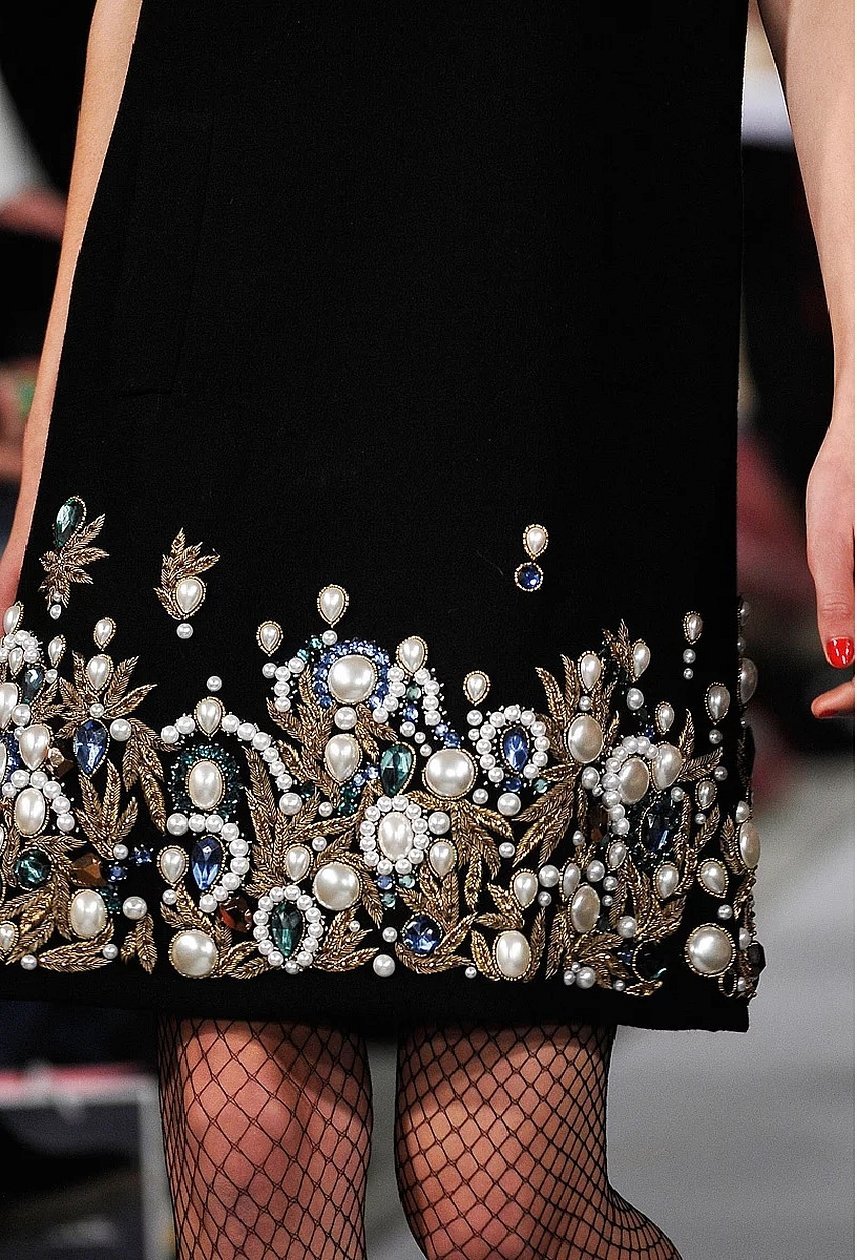
For beginners who want to know how to embroider a dress with beads with their own hands, advice from professional needlewomen will come in handy:
- You should only start working in a good mood. Inspiration plays an important role in the process, if it is absent, the picture will not turn out as intended.
- You need to buy beads in a volume slightly larger than required for the work. If there is not enough, it will be problematic to buy in the same color range.
- If you want to embroider a design with a lot of small details, then before you start working, you need to put interlining under the fabric with the design. Thanks to this, the fabric will not wrinkle.
- All beads should be laid out separately by color. To make it easier to collect them, it is recommended to use a special stand with a recess.
Important! The key to productive work is a well-prepared workplace. Nothing should distract from the creative process.
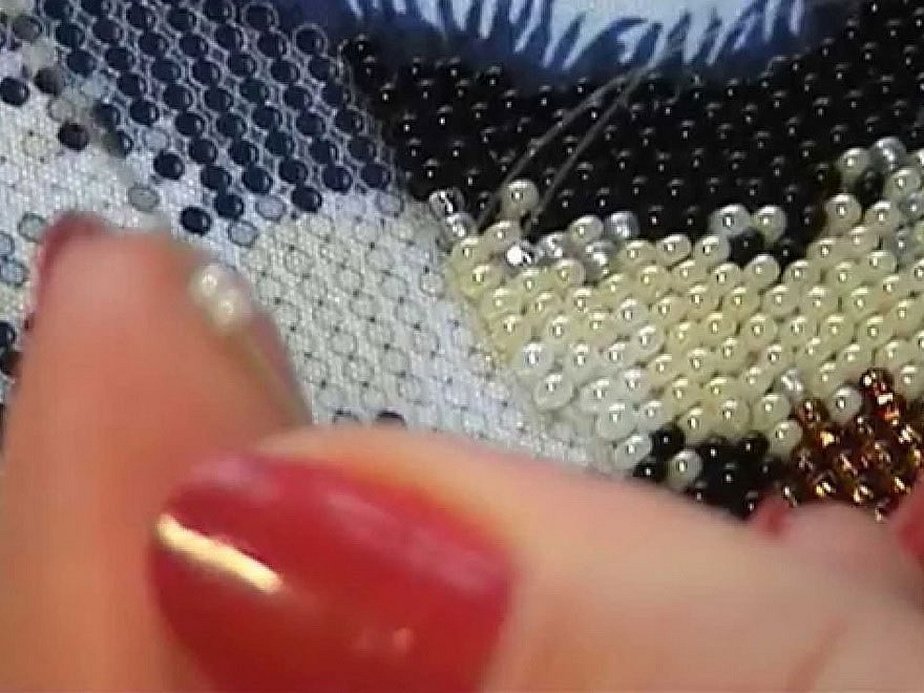
Selection of threads, tools
One of the important stages of preparation for the embroidery process is the choice of material. Among them should be:
- beads of different shades. When buying, it is important to select beads that match each other in color.
- Rhinestones, stones.
- Special needle for beads.
- Scissors, threads, ribbons.
To prevent the design from slipping, it is recommended to use a hoop in your work.
When choosing beads, it is recommended to pay attention to the manufacturer. The best beads are considered to be those of Japanese manufacture, followed by those of the Czech Republic and Taiwan. Beads have 18 numbers. Number 11 is best suited for handicrafts.
According to shape, beads are classified into several types:
- beads are round beads;
- glass beads are chopped glass tubes ranging in size from 3 to 20 mm;
- The cut is a glass bead, but smaller in size. Its length is about 2 mm.
Embroidery with glass beads and chopped beads gives a bright shine. But this type of beads has a minus, they have sharp edges that can break the thread. Therefore, it is recommended to combine them with simple round beads.
In order for the embroidery to be not only beautiful but also durable, the design must be sewn on very firmly. Special threads are selected for this:
- nylon 33 and 50;
- cotton-lavsan;
- polyester;
- flax-lavsan.
You need to sew with two threads to ensure strength.
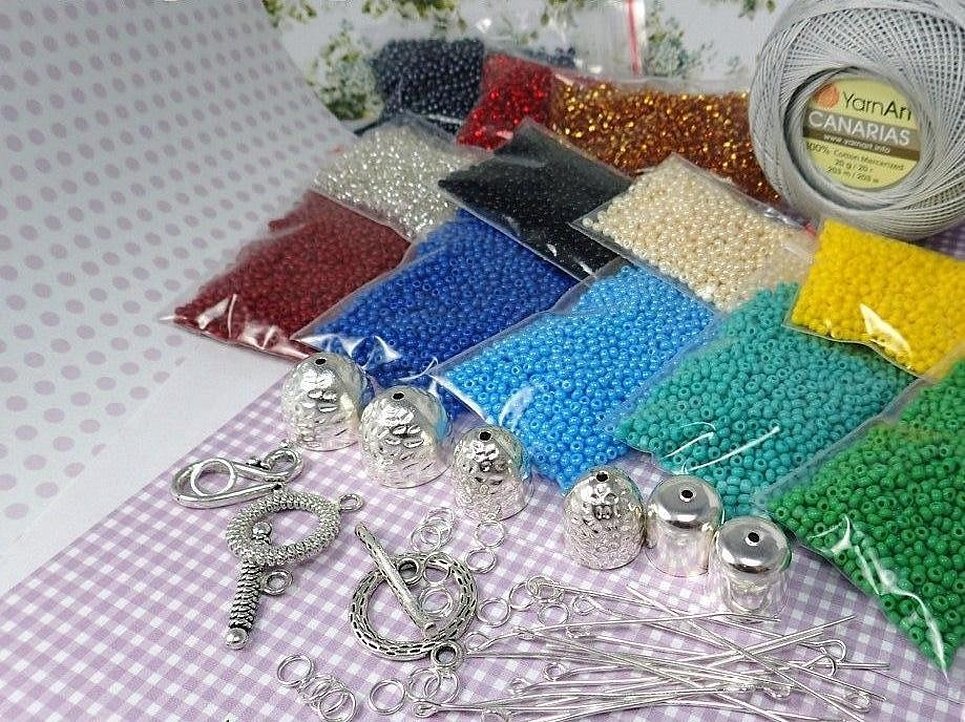
Patterns and designs
There are various patterns for beginners and experienced craftswomen. Most often, oriental and Slavic themes are used in the patterns. Simple patterns include:
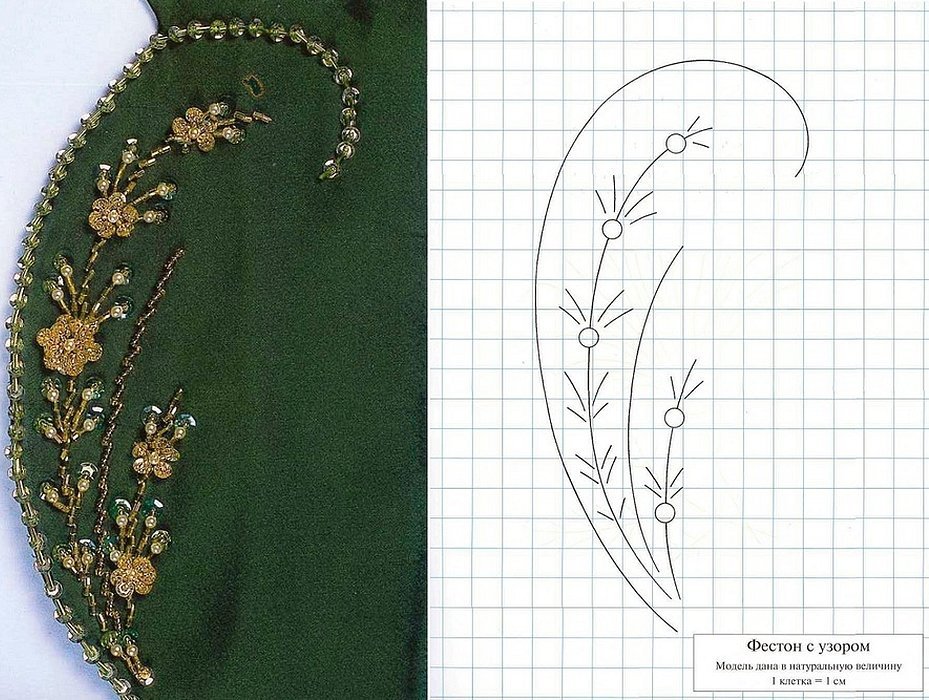
- Leaf and rose - the base is made with large beads, and the middle is filled with small beads.
- Scallop with a pattern - this option is perfect for an evening dress and a wedding dress. This is a flower composition made of glass beads. No interlining is required to transfer the pattern.
- The star spiral is a pattern suitable for a party dress or a full skirt.
Most often, patterns of bead embroidery on clothing are found in the form of geometric shapes or floral motifs.
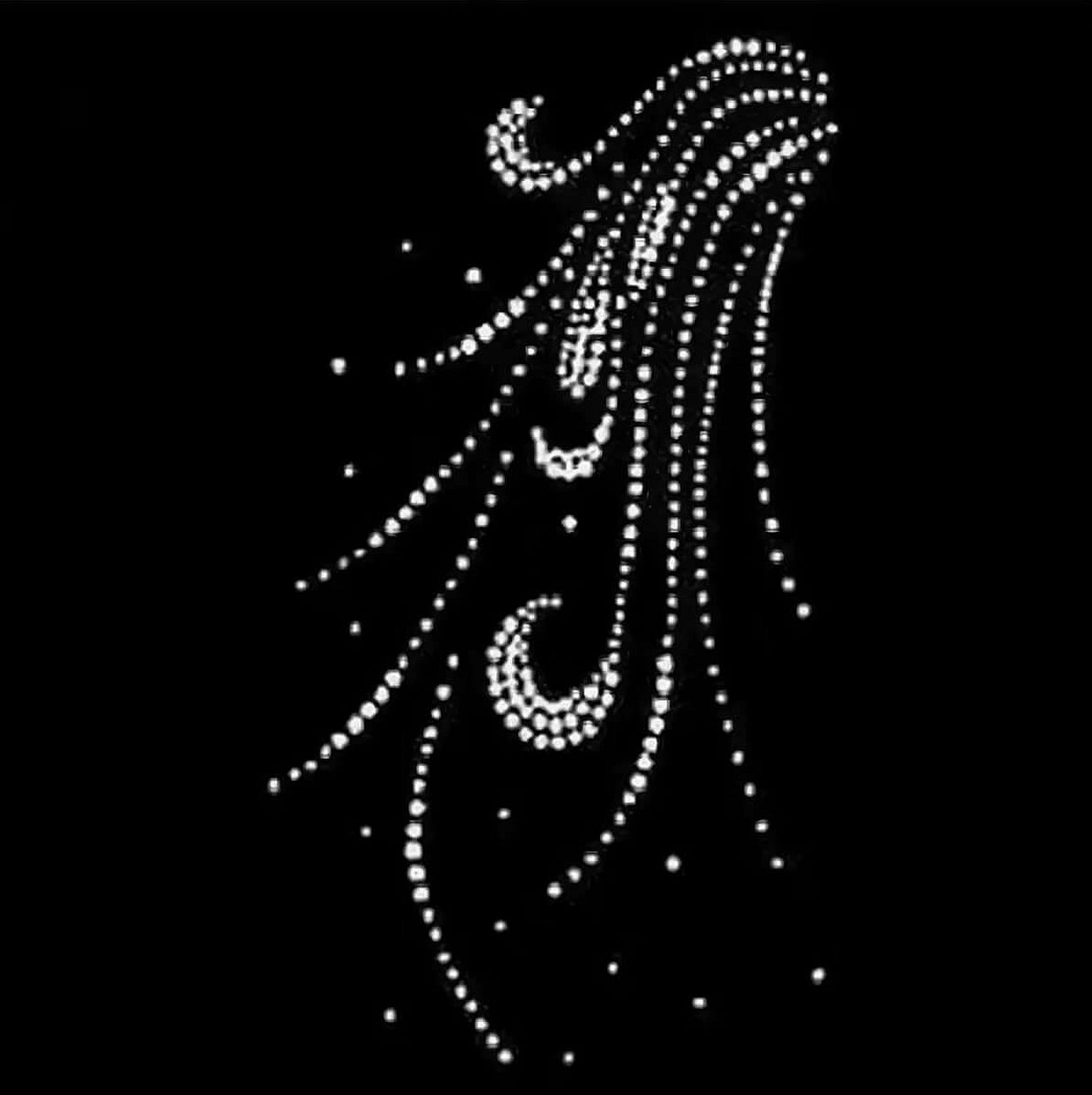
Select a design
Before you start embroidering, you need to decide on a pattern or ornament. You will also need to plan:
- where the embroidery will be placed;
- what the color scheme and size will be.
Important! All aspects must be carefully considered to avoid rework.
T-shirt or top
Embroidery with beads on knitwear has a number of nuances. Beginners are advised to first take a step-by-step master class. The materials and tools required are:
- t-shirt;
- beads;
- adhesive interlining for lining;
- nylon thread;
- chalk;
- thin needle.
The place for embroidery should be marked with chalk. To prevent the knitwear from stretching during the work, interlining is attached to the place where the embroidery will be. The pattern is copied with chalk or a washable marker. The bead row should be dense, the beads are placed close to each other.
Important! If an ornament is embroidered, then the work goes from top to bottom; if it is a thematic drawing, then a frame is made and then filled in.
The finished product can only be washed in a special bag, after turning it inside out to protect the embroidery.
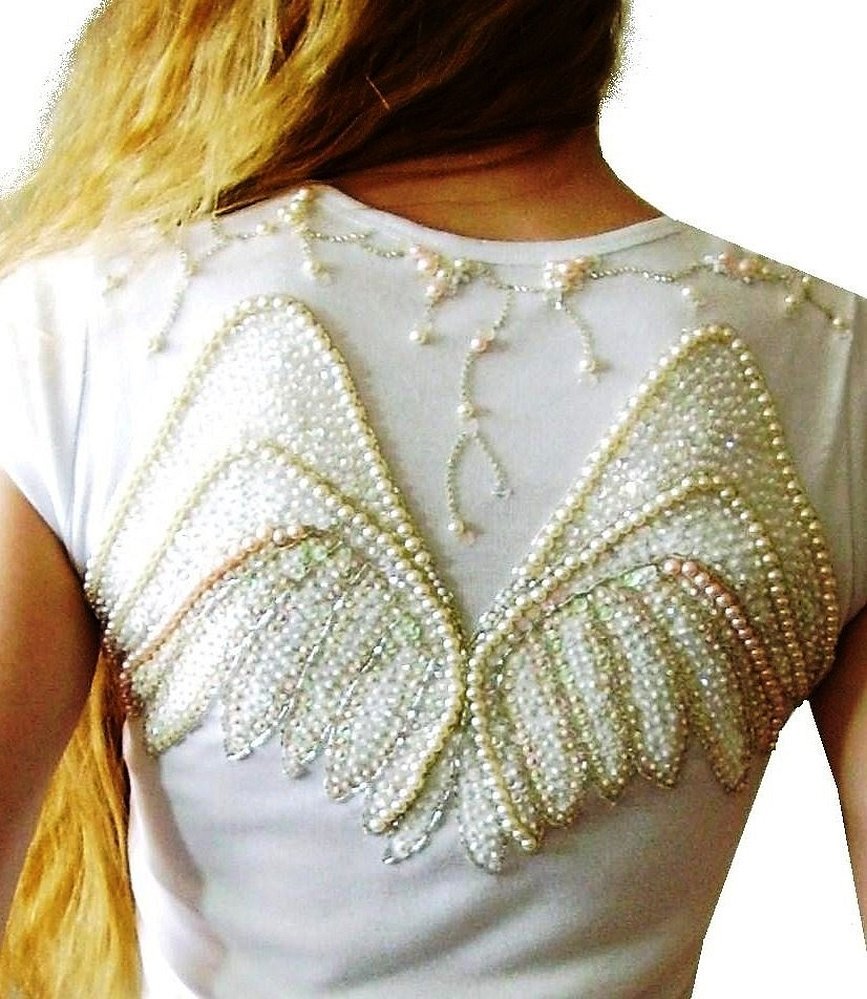
Dress
There are many interesting patterns for embroidering a beaded pattern on a dress. Depending on your wishes, the pattern can be placed on the neck, shoulders, chest area or sleeves. There are models with an embroidered top.

Shoulder pattern
This pattern is made with a special stitch "forward needle". The space inside the pattern is filled with a stitch "behind the needle". The pattern is very simple, it is important to choose the right colors.

Jeans decor
Bead embroidery will perfectly decorate any denim clothing. The originality of such work lies in the combination of the roughness of the fabric with the femininity of the pattern. With the help of beads, you can make your denim jacket a magnificent product that will emphasize your taste and individuality.
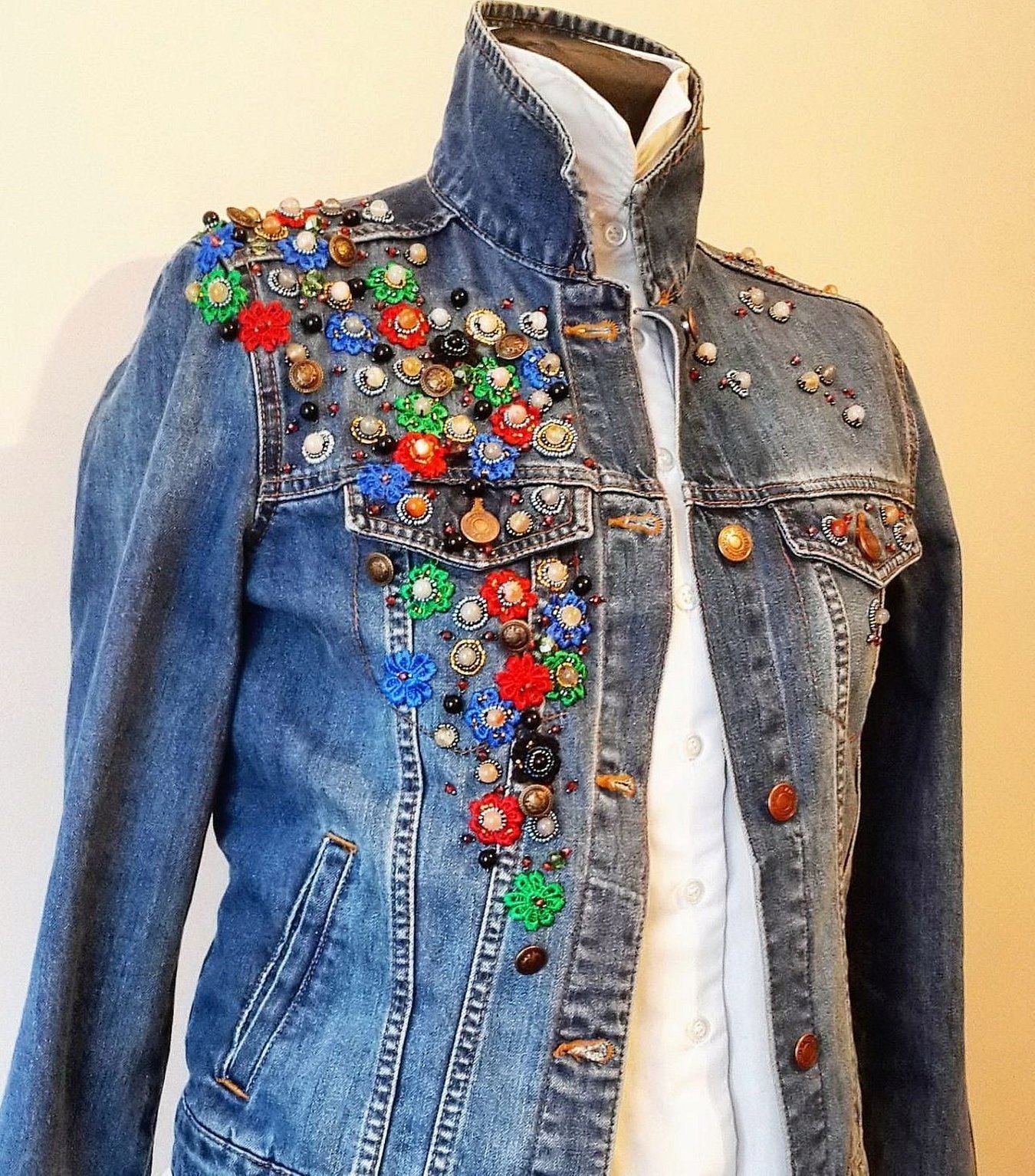
Ballet flats
Bead embroidery can be used to decorate not only clothes, but also shoes. For example, you can give a second life to old ballet shoes. It is important not to glue the beads, but to sew them on.
Bead embroidery on tights
You can decorate the thin lace of tights with an original pattern. This should be done by putting them on yourself or on something hard. Work starts from the knee, going down. It is important not to make the pattern too big, so as not to tear the thin material.
Embroidered shirts
The national clothing of Ukraine, the vyshyvanka, is distinguished by its bright and colorful ornaments. Most often, floral themes are used as a pattern, poppies are depicted on clothing. But among the patterns for embroidery, you can also find geometric ornaments.

Transferring a design onto clothing
In order for the embroidery on things to be even and neat, you need to prepare a stencil and transfer it correctly to the fabric. The pattern should be durable and not be erased during the embroidery process. There are several ways to transfer the pattern to the fabric:
- Using tracing paper - the drawing must be copied onto tracing paper, for this purpose, the pattern must be placed on top. Then it is attached to the clothes and embroidered according to the drawing. Then the tracing paper must be carefully removed.
- Using special markers, you can apply a pattern to the fabric. Such a pattern will not be erased during the work process.
- You can make powder from chalk, then apply a stencil of the design and gently rub the powder into the holes.
To transfer the drawing, you can use a transfer pencil and an iron. The paper with the pattern is placed on the fabric, then ironed.
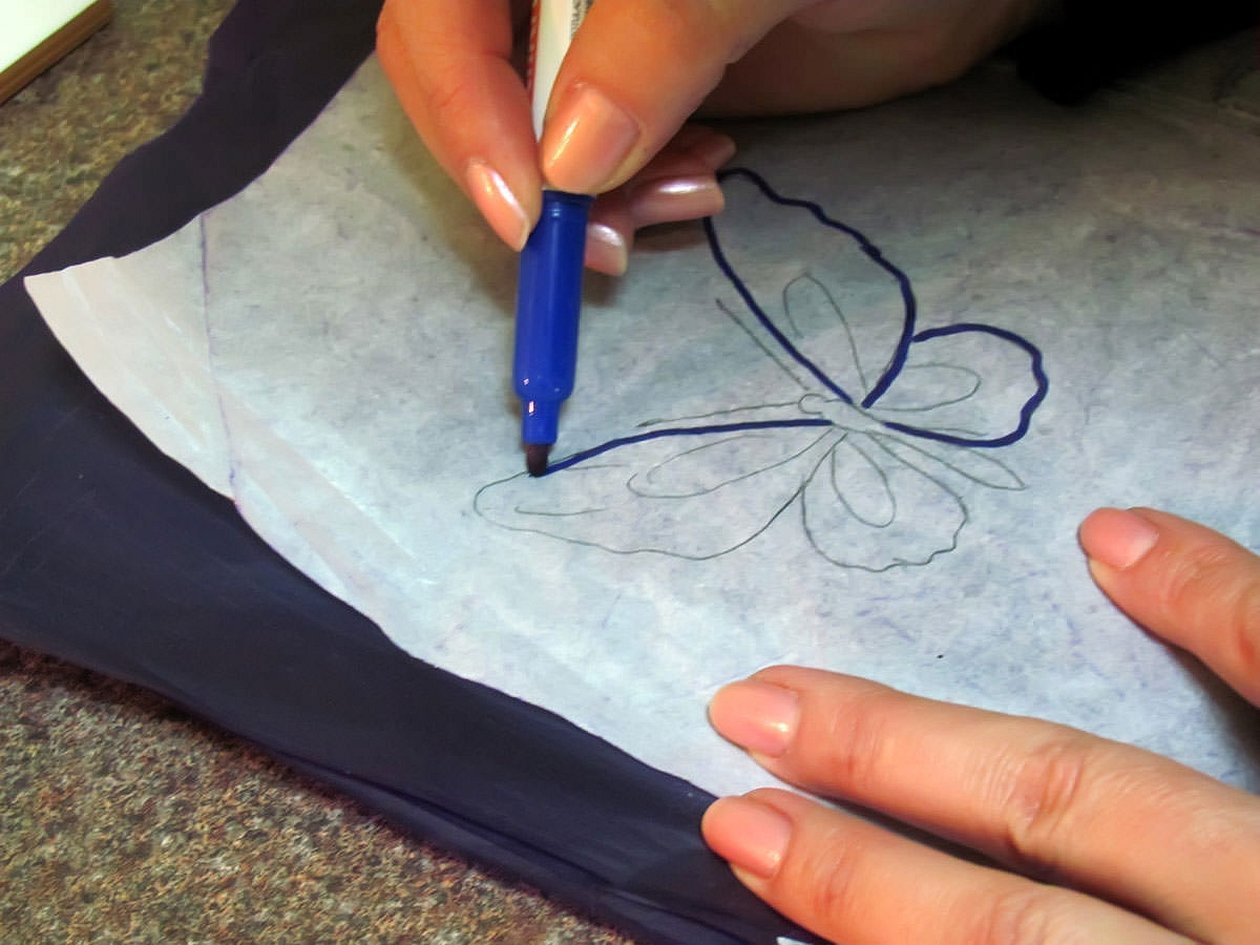
Methods of sewing beads
Bead embroidery must be done correctly so that the beads do not fall off and the design remains for a long time. There are several types of stitches:
- "Forward needle" - the needle is passed to the front side, a bead is strung on it. At a distance equal to the size of the bead, a puncture is made on the back side.
- "Stem" - it allows you to firmly attach the beads. The bead is strung on a thread that is already attached to the fabric. Then the needle is passed into the fabric immediately behind the bead. Then the needle is passed through the same bead and the second one is strung. The needle is brought out to the wrong side again. The embroidery is very dense.
- "Linear" - to make such a stitch, you need to thread one bead onto the needle. The needle is inserted behind the bead, then pulled out at such a distance that another bead fits.
A crystal beaded pattern on clothing, made with your own hands, can become a unique work of art and will give a unique originality to even the simplest thing.




